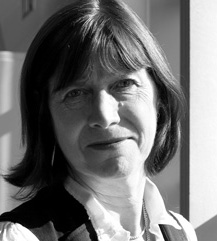Principles easily forgotten when times are tough and clients ever demanding

The call for designers to play a bigger role in the public arena isn’t new. But it took a couple of interesting twists last week in a debate addressing how designers can stay true to themselves, while meeting the needs of clients.
Jan Casey asked cultural historian Professor Sir Christopher Frayling and Design Museum director Deyan Sudjic ’How can design not only meet a client’s commercial objectives, but also enhance our lives and the culture around us?’ at her Meeting of Minds event at the British Museum in London.
Not surprisingly, given the scholarship of both men, they turned to history, particularly the mid-19th century, for inspiration. At that time, architecture and design not only melded creative vision with craftsmanship, but it was an era of the great practitioner pundit. John Ruskin, Gottfried Semper, Owen Jones and inventor Sir Henry Cole were cited as influencers whose often conflicting views helped shape the age. Okay, so this may be a bit remote to design in the 21st century. These eminent Victorians were architects primarily and debate has long been fundamental to that profession. But Frayling in particular threw up pointers that could apply equally well now.
Frayling contends that designers should reach out to the public and not just explain design to clients
Frayling maintains practitioners should engage more in thinking on design he didn’t say it, but they could inject reality into academia as they do at the RCA and other top colleges. He contends that designers should reach out to the public and not just explain design to clients shades of Sir Hugh Casson’s thinking for the Design Council in the post-war era and that design should not just be about style, but also about principles.
These are not revolutionary thoughts and will strike a chord with good designers. But they’re so easily forgotten when times are tough and clients ever demanding. We need to act upon them as a community and as individuals if design is to fulfil its potential in this age of social interaction.
-
Post a comment




